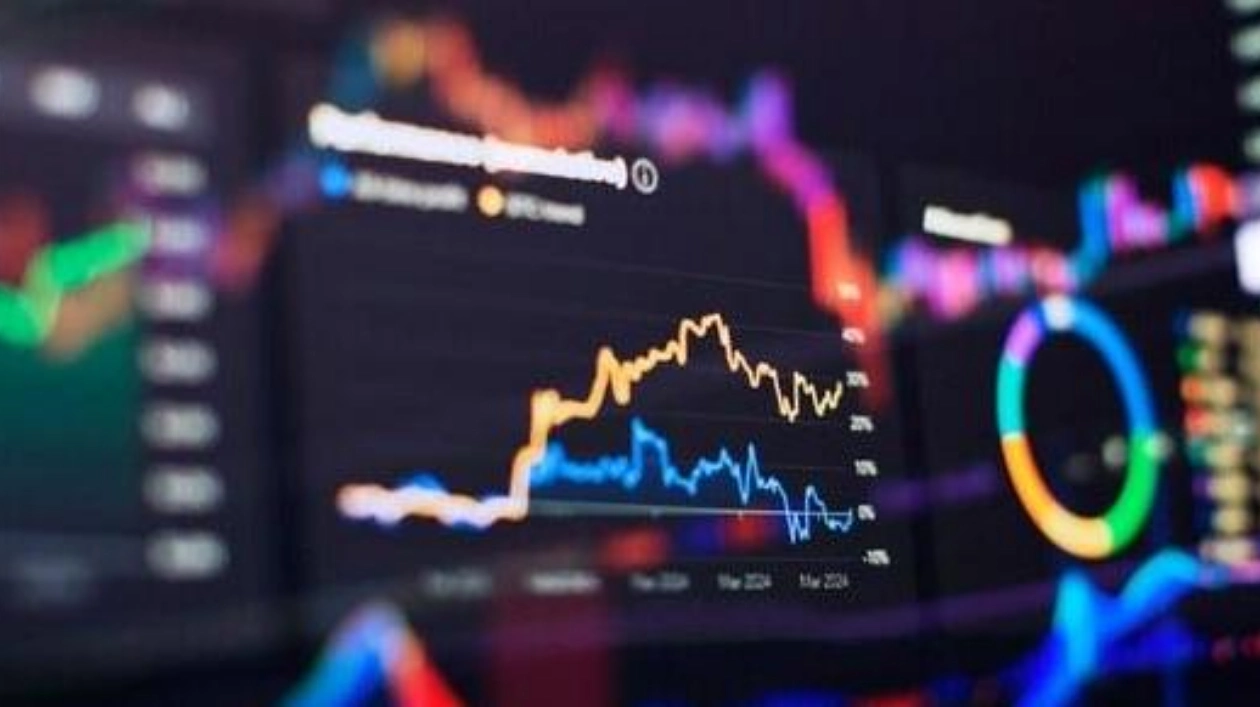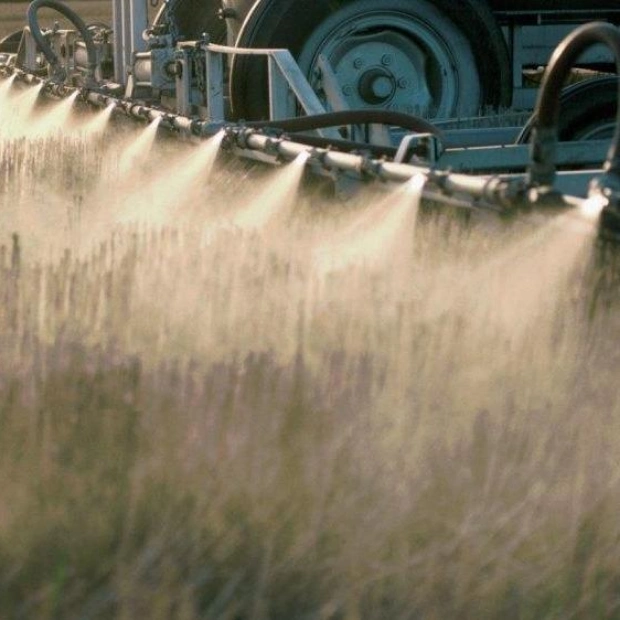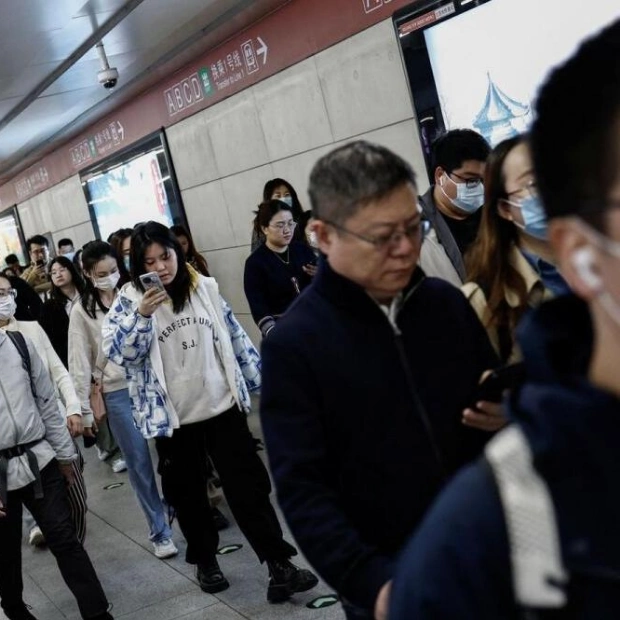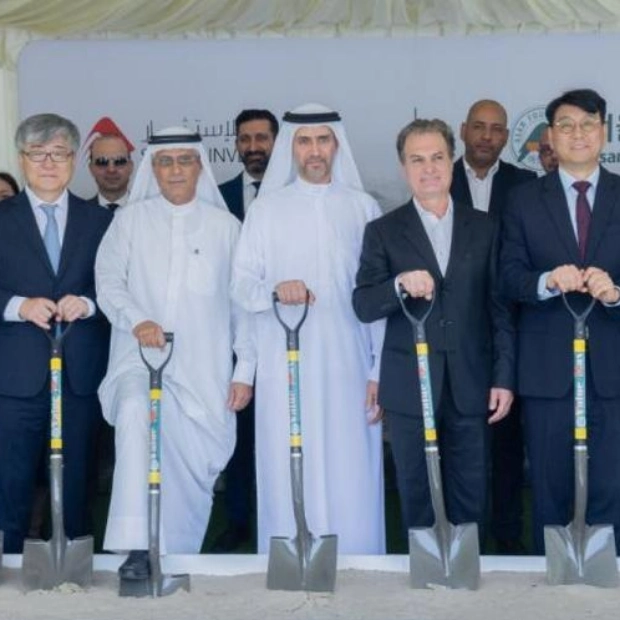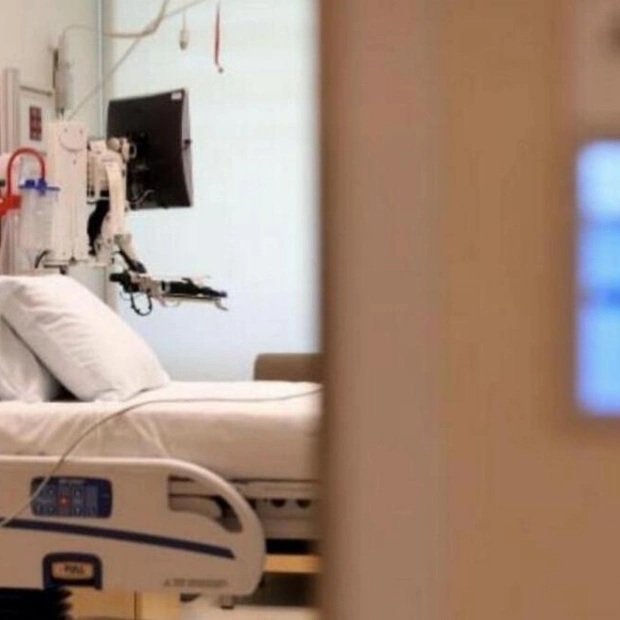RIYADH: Despite an overall decline for the region, a few Arab markets experienced positive growth in September, as indicated by the latest monthly bulletin from the Arab Monetary Fund.
The Damascus Stock Exchange saw a significant 55.36 percent increase in trading volume, closely followed by the Muscat Stock Exchange with a 54.67 percent rise. Abu Dhabi also performed well, with a 37.28 percent surge in trading value, reflecting investor confidence and sustained economic activity.
While some exchanges faced challenges, the overall resilience of Arab markets contrasts sharply with the struggles in Western markets, according to the AMF. The 51st edition of the report on Arab Financial Markets provided a comprehensive analysis of these trends, detailing trading volumes and values across the region’s stock exchanges.
Overall, Arab markets saw a 10.78 percent drop in trading volume and a 2.76 percent decline in trading value compared to the previous month. Saudi Arabia’s financial market experienced a 12.42 percent decline in trading volume, with Dubai and Egypt also seeing decreases of 7.31 percent and 4.36 percent, respectively.
The report attributed these fluctuations to a mix of regional market sentiment, sector-specific performance, and global economic concerns. The AMF’s bulletin offered a thorough overview of the financial landscape across 16 Arab markets, highlighting a complex interplay of growth, stability, and decline driven by both regional and international pressures.
The AMF’s composite index, which measures overall activity in Arab financial markets, rose by 0.58 percent in September, settling at 496.70 points. This slight improvement from August indicates a mild but steady recovery across Arab exchanges.
Ten of the 14 Arab stock markets included in the index contributed positively to the overall growth, while four recorded declines, reflecting the challenges some markets faced amid ongoing economic adjustments.
The Iraq Stock Exchange was the standout performer in September, with its index surging by 8.26 percent. The Damascus Stock Exchange followed closely with a 6.57 percent increase. These gains highlight a continued upward trajectory in certain segments of the Arab financial markets, driven by positive market sentiment and regional economic developments.
Other Arab bourses also showed positive momentum, though to a lesser degree. Dubai’s Financial Market climbed by 4.12 percent, and Qatar’s Exchange rose 4.03 percent, both marking solid gains. These performances were supported by the continued growth of sectors such as real estate, finance, and consumer goods.
While the report detailed significant gains in several markets, it also noted that not all Arab exchanges experienced growth. The Palestine Exchange posted the largest decline, with its index dropping by 2.96 percent, followed by the Muscat and Kuwait markets, which fell by 0.76 percent and 0.62 percent, respectively.
The report noted that the MSCI Emerging Markets Index for Asia posted a 7.80 percent rise, while Latin American markets experienced a slight decline of 0.06 percent. In contrast, European and American indices such as the FTSE and Nikkei saw declines of 1.67 percent and 1.88 percent, respectively.
One of the key developments during September was the US Federal Reserve’s decision to reduce its interest rate range to 4.75 percent - 5 percent, marking the first cut in four years. Several Arab central banks followed suit to maintain economic stability and investor confidence.
Oil prices fell during September, with Brent crude and West Texas Intermediate seeing declines of 7.3 percent and 5.9 percent, respectively. The AMF attributed this drop to concerns about increased oil supply and weaker demand, especially from China.
Meanwhile, gold prices surged by 5.2 percent in September, as investors sought safe-haven assets amid global economic uncertainty. By the end of the month, the price of gold reached $2,637.60 per ounce.
On a regional level, total market capitalization increased by 0.53 percent compared to August. Beirut’s stock exchange led the charge, with its market capitalization growing by 10.97 percent, followed by Damascus, which saw a 6.31 percent increase.
